
See Stunning Photographs Celebrating The Crafts, Skills and Trades of Stalking and Shooting in Yorkshire
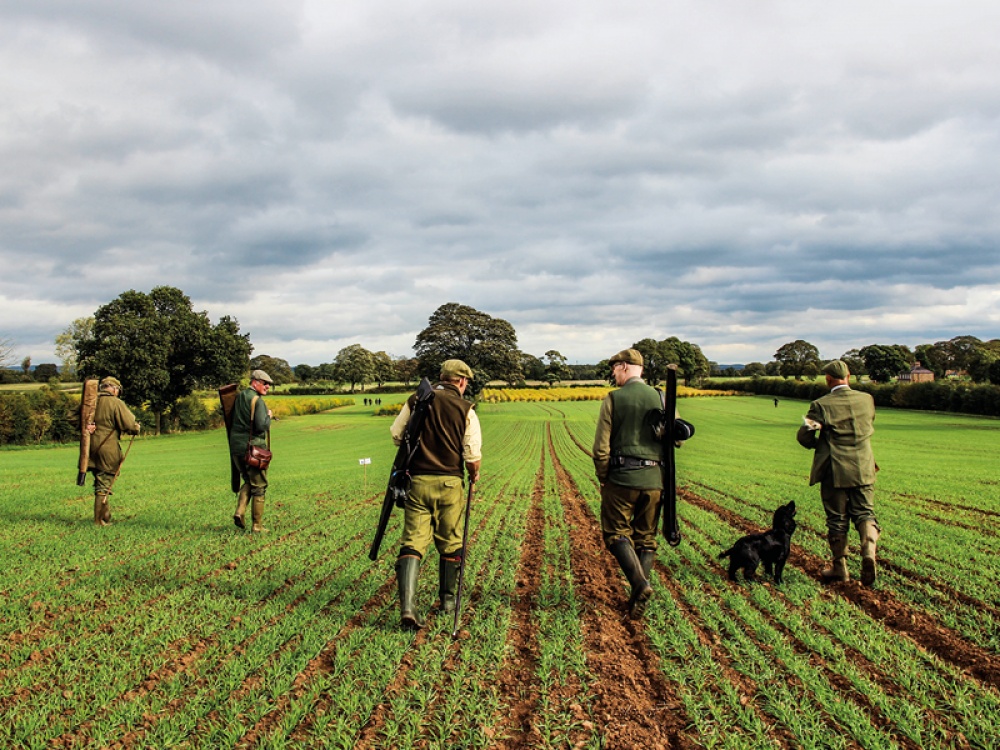
New research has found that shooting contributes £3.3 billion to the UK economy
The Value of Shooting report, commissioned by 24 rural organisations including the Moorland Association, recently found that 620,000 individuals are actively involved in shooting-related activities and shooting supports 172,700 FTE jobs in the UK. According to the report, moorland owners and gamekeepers in the uplands of England carry out vital conservation work on around 860,000 acres of heather moorland, and moorland birds (for example the curlew and lapwing) are four times as likely to fledge their chicks successfully on a grouse moor as they are on other landholdings without gamekeepers.
Behind and Beyond the Trigger, written by John Robinson with photographs by Annie Robinson, introduces some of the people who are key to sustaining our rural landscapes and ecosystems, offering an in-depth look at the rich heritage of rural life, covering the North York Moors and Yorkshire Dales, as well as further afield (the Scottish Highlands, Devon, Somerset, Staffordshire and the Cotswolds).
John is a shooting coach with a military background who also volunteers for Mountain Rescue. He’s a former Commonwealth and British Grand Prix gold medallist, and has been England’s shotgun head coach at the Commonwealth Games. Annie is an award-winning wildlife photographer who specialises in photojournalism, portraits and landscapes.


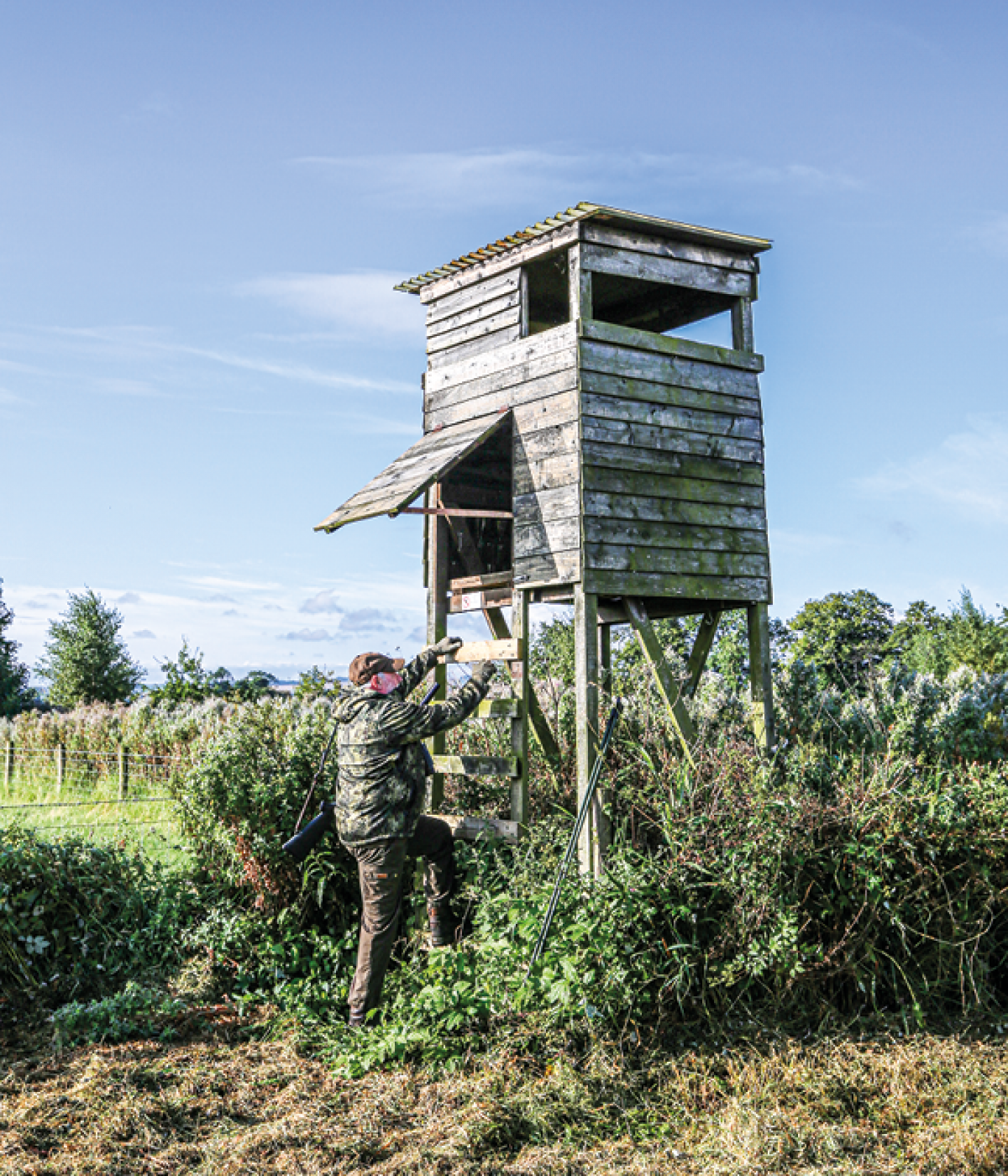
The couple live on a farm on the edge of Dalby Forest with their ‘self-employed’ fox terrier Ted. ‘Because we’re very blessed with all the topography and wildlife here, it was a good excuse to get a more expensive camera (or that’s what [Annie] told me anyhow!),’ John laughs. ‘It had come to my attention that an enormous amount of people who shoot really have a lack of understanding of all the skills, crafts and people that are involved and that allow them to shoot – whether they’re shooting or stalking. That goes as far as farming. My comment which will reverberate is that “our landscapes look like this because of shooting, stalking, and farming, not in spite of them”. The real inspiration was to try and share all these people that are behind a person who shoots or stalks, and to open up their skillsets and crafts because they’re very often forgotten or ignored.’
To do this, Behind and Beyond the Trigger is split into sections: Shoot & Stalking Days (highlighting the gamekeepers involved in deer and grouse management and pheasant and partridge shooting), Behind The Trigger (showcasing the individuals and businesses involved before the trigger is pulled), Beyond The Trigger (covering everything after the shot), and The Rural Landscape (more of Annie’s stunning photos showing how our landscape looks because of the skilled people highlighted in the other three sections).
‘We start with three different professions: a head stalker, a head keeper for pheasant and partridge, and a head keeper for grouse. The skillsets [section] at the beginning of each chapter outlines what skills and passion these guys have. In Yorkshire, the head grouse keeper is Andrew Orr from Egton Estate on the North York Moors, the head keeper for the pheasant/partridge is Josh [Beckett] from Wykeham Estate. Then you start going into what I call the “trades” – so gunsmith Chris Caine who was based at Pocklington (and has just retired in the last couple of months), and stick maker William Lambert in Hawes in the Yorkshire Dales who is rather extraordinary in stick making. Then we’ve got Croots England, arguably the best leather gun slip and leather cartridge bag makers in the country, and they’re based in Malton. Then there’s gundog trainer Richard King who is up near Thirsk and covers the whole patch and judges all over the country, Jonathan Fisher who makes game larders, Ali Moran who is the owner [and head chef] of The Blacksmiths Arms in Lastingham (who specialise in game), and butcher Wilsons of York.

Whilst the book is a celebration of these people and their talents it also shows how important they all are to our rural economy, and John hopes it might encourage people to take a closer look at what’s around them. ‘Id love to think that there are a few people who are out there who’ll go “I’d love to have a go at that”, or who didn’t know all this was out there,’ he says. ‘I do a lot of deer management and when you go out first thing in the morning, you see an enormous amount. People don’t really appreciate just how much flora and fauna is out there. I hope it inspires a few people to say “if Annie and John can do this, we could”, and it opens it up to prove there’s far more to it than just driving along the road and looking to the edges of a moor. Hopefully it inspires people to get their camera out, and to try and find all these things.
‘I hope that when they travel across the North York Moors or the Yorkshire Dales and through all the rural areas of Yorkshire, they start to appreciate why it looks like this. They want to travel through it and they look at it and they’re amazed by all the grouse moors, heather, fields and everything about them, but I hope they then start to understand that it doesn’t just happen. It’s all managed. Every square metre is managed by very skilful, very passionate people. It’s to have an understanding that these people involved are incredibly passionate and incredibly skilful at what they do. It’s because of them that we have all this countryside and a proper rural economy, which is absolutely key.’
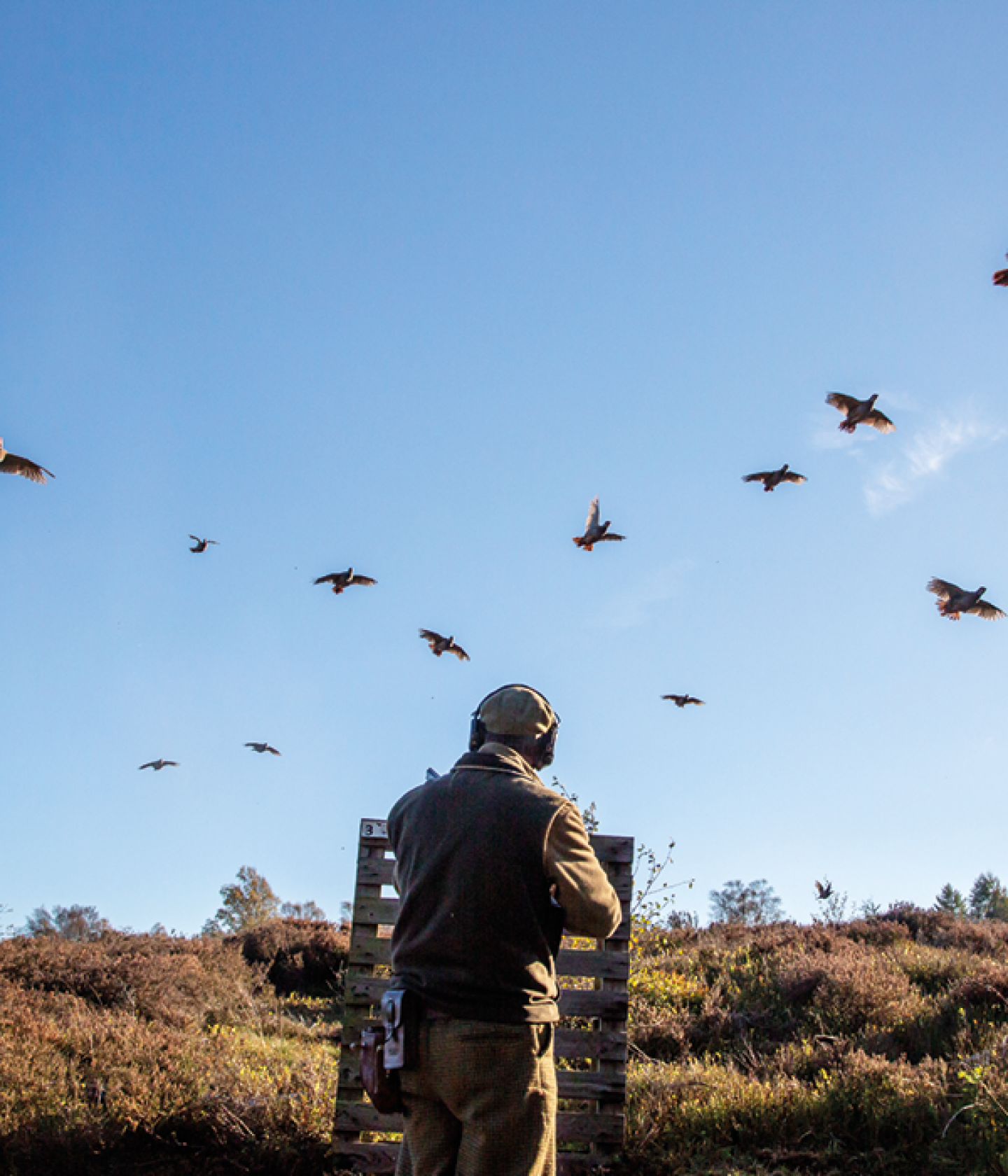
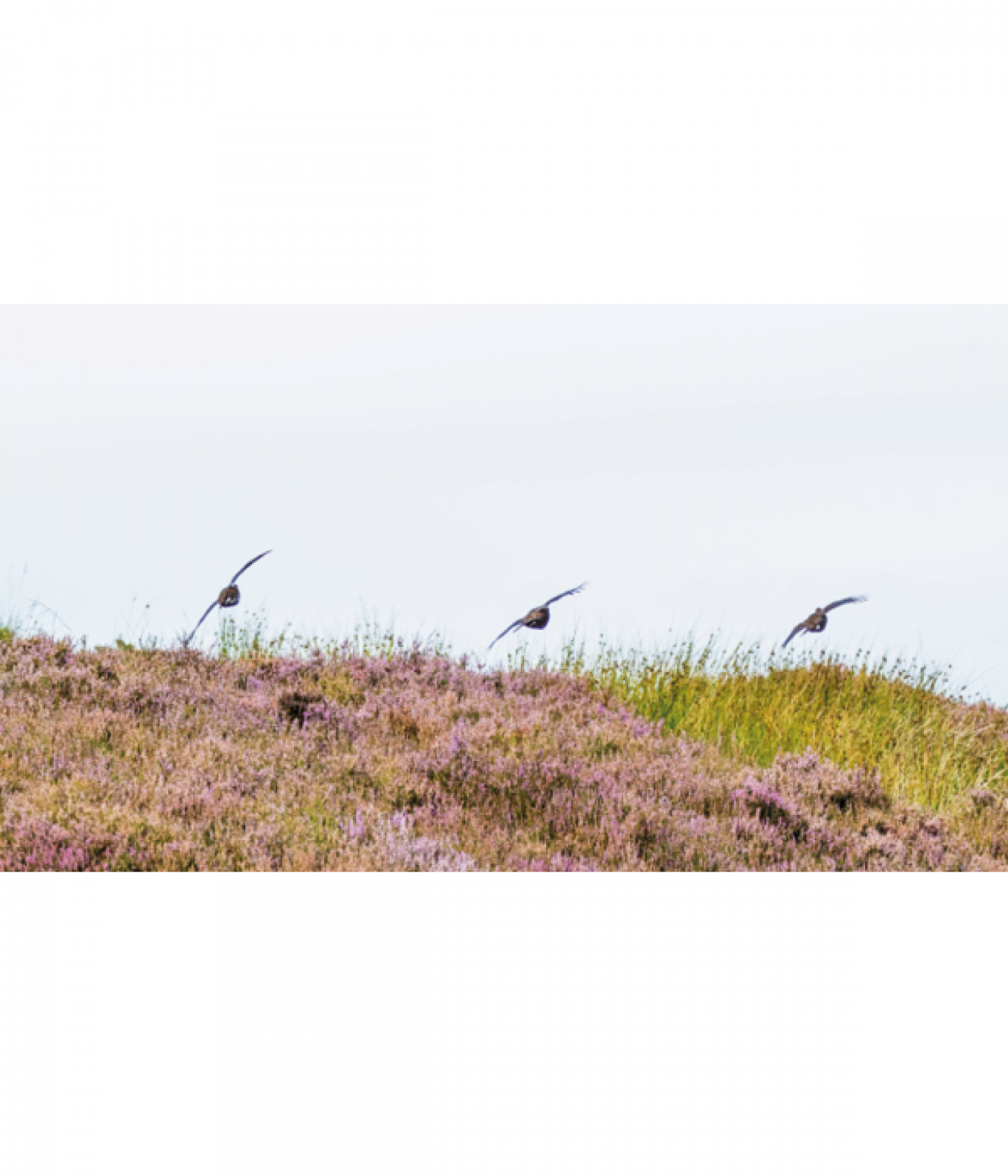
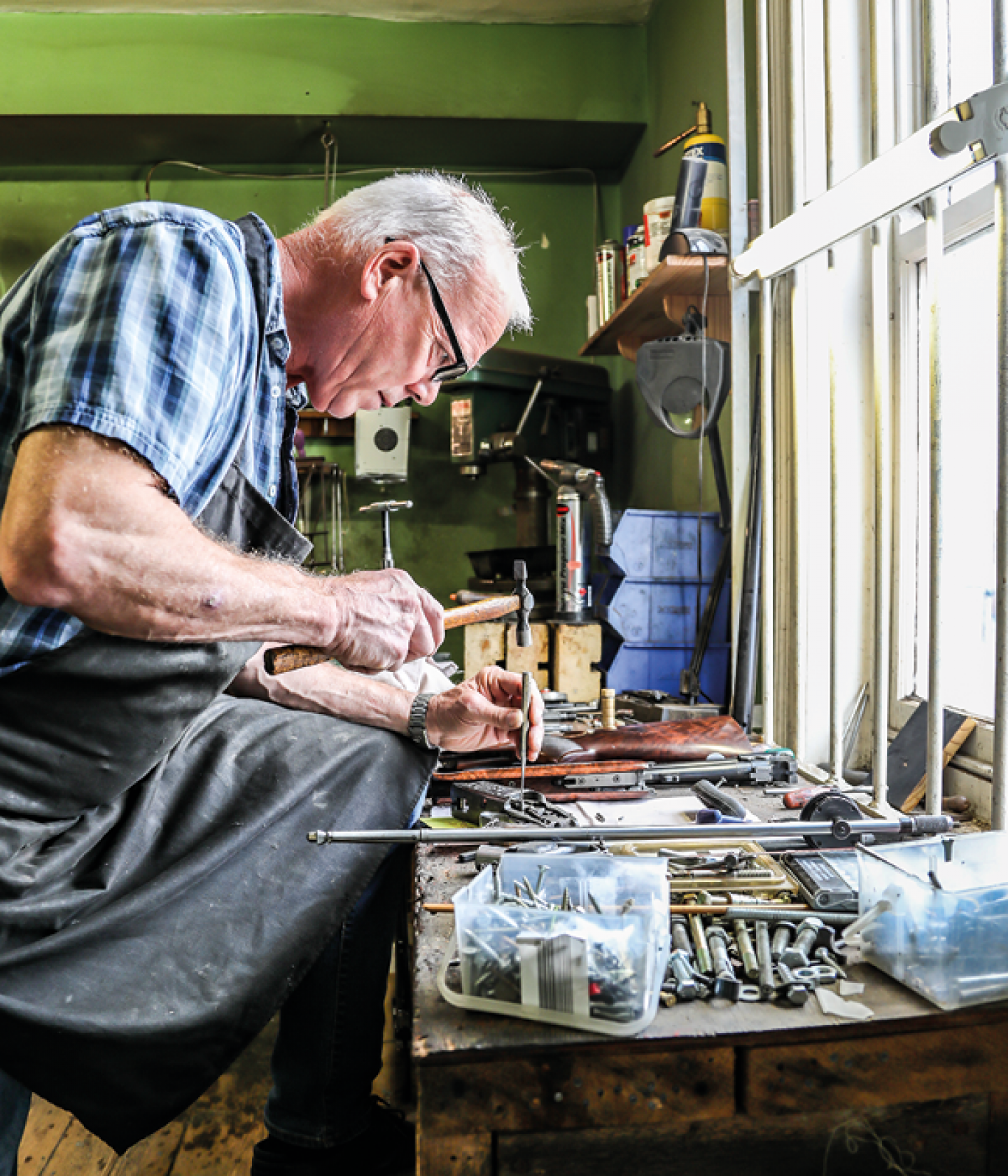
On reflection, both John and Annie are feeling positive about the future of Yorkshire’s rural landscape. ‘We sit here, we farm (on a small scale), and I’ve been involved in farming all my life – we’ve got some fantastic keepers of our countryside in farming, head stalkers, head keepers and landowners. I think if there’s one area that people do need to appreciate, [it’s that] landowners put an enormous amount of passion and money into keeping and preserving and putting in trust what we have out there for our next generation – and they’re brilliant at it,’ John says. ‘They really are. Farmers want to do an outstanding job. If you think they all do it for money… it’s a passion, it’s a way of life. I think we’ve got the most amazing bunch of people out there who are getting to grips with all the new farming schemes and getting the balance right. I think shooting has got phenomenal ability to have the balance right of simply taking the surplus of deer, grouse, pheasant and partridge off the landscape and making sure that conservation follows close behind and there’s plenty for the next year, and next generation.’
Behind and Beyond the Trigger is a limited edition 432-page hardback book signed by the author and photographer in a slipcase, with just 2,500 leather-bound, hand-numbered copies available. For more information visit behindandbeyondthetrigger.com.








